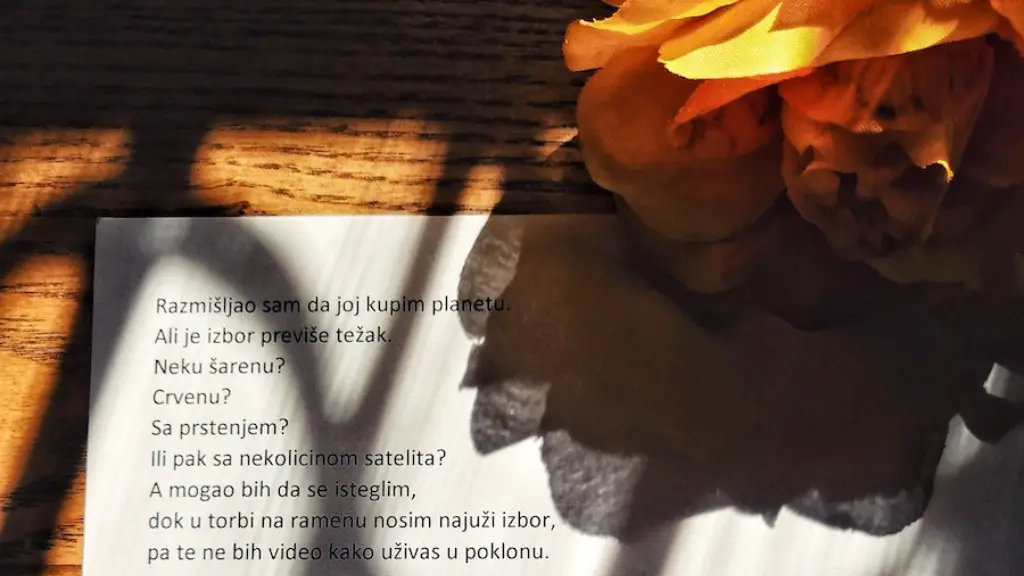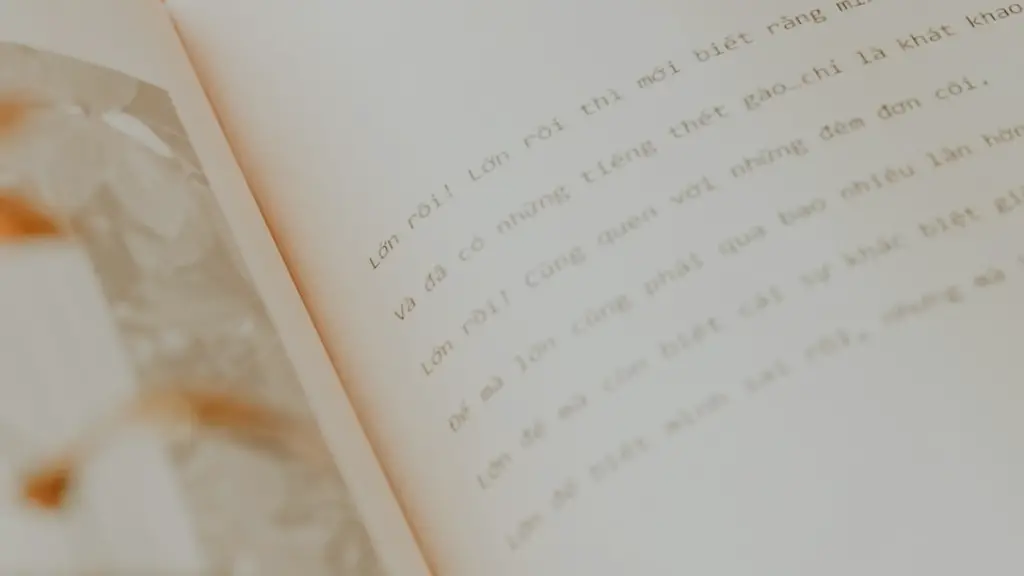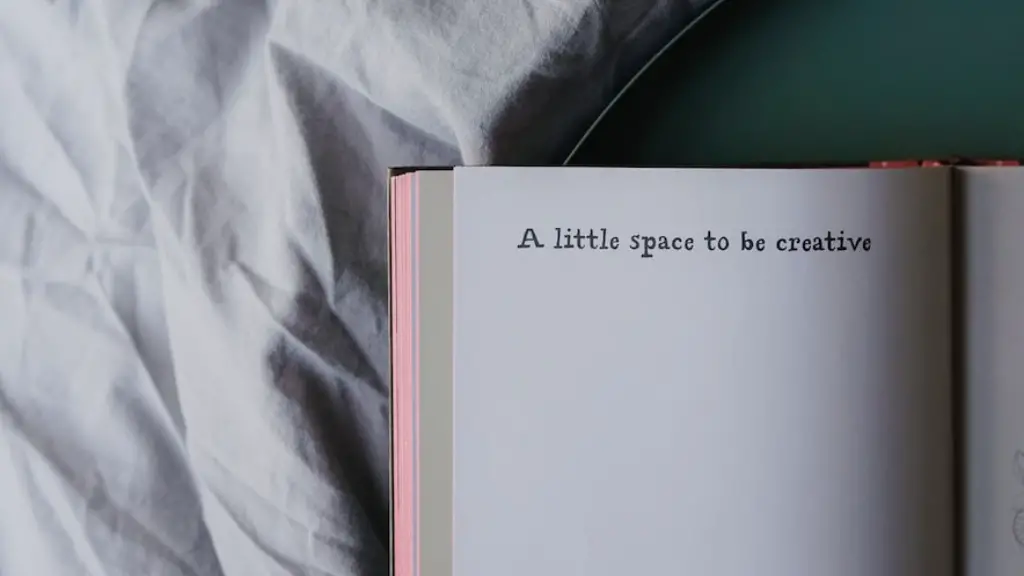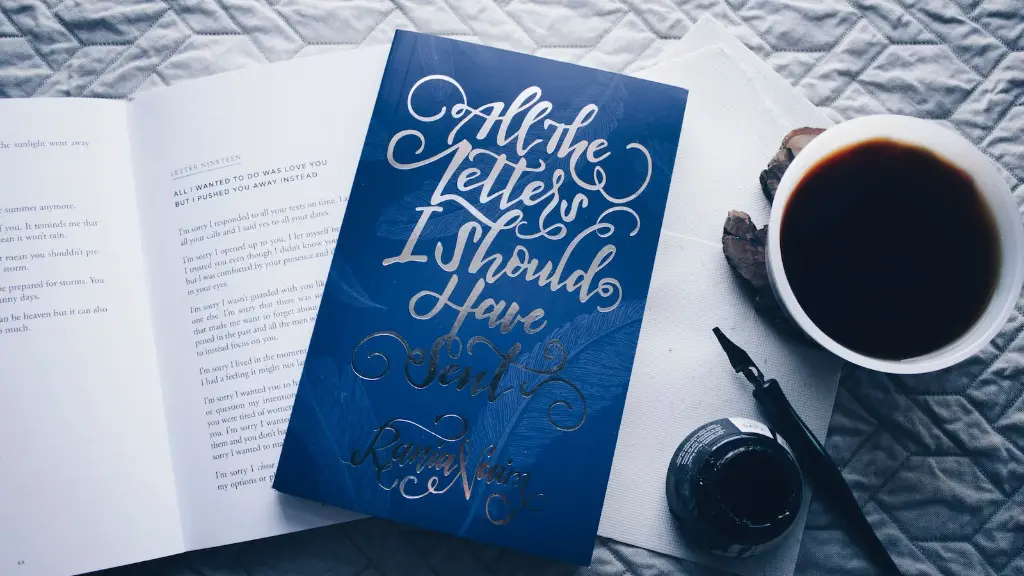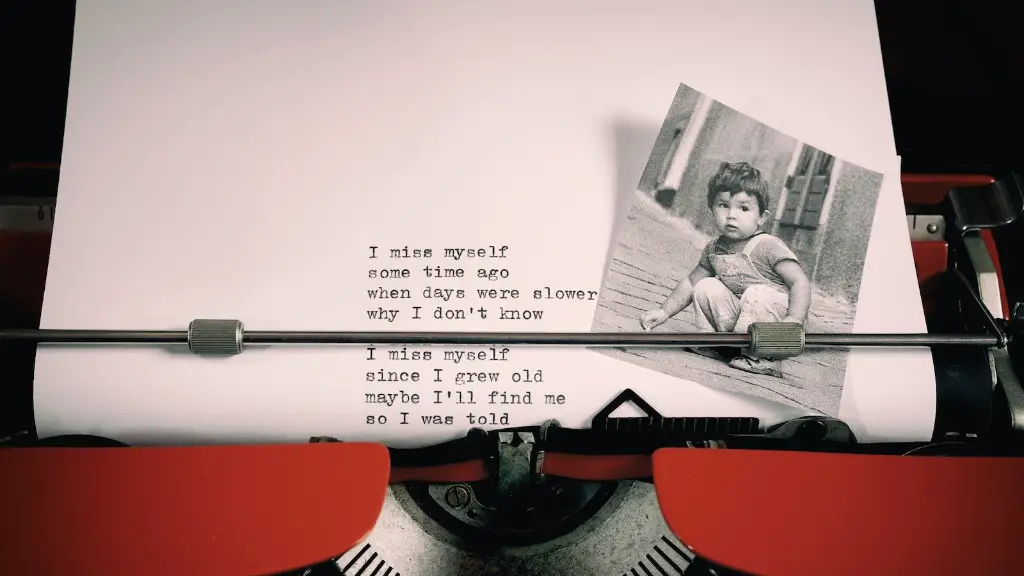What Does Assonance Mean in Poetry?
Assonance is an incredibly important poetic device that writers use to create particular sound effects and patterns of repetition across a poem. In a nutshell, assonance is when the same vowel sound is used to create a sound pattern in a line of text. This sound repetition creates a sort of poem-wide rhyme, although it is not exactly the same as rhyme, as it does not require two or more words to be perfectly matched. Through assonance, poets can craft a stunning sonic environment within a poem, creating specific atmospheres and emotions with the help of sound.
To better understand what assonance is, let’s take a look at how it works in a poem. To put it simply, assonance is the repetition of a vowel sound. Here is an example of how an a sound might be repeated from line to line:
- “A stranger came to town at dawn one day”
- “The fortune teller heard his story, and said: ay”
In this example, the same “ay” sound is repeated at the ends of each line. This repetition creates a particular kind of sound that resonates with the reader, drawing attention to the words that have the same sound.
Assonance can be used to create subtle and intricate patterns of sound that can evoke particular emotions and moods in a poem. Poets can use assonance to craft a poem that has a dreamlike quality, or to create a poem that is much more gritty and disorienting. This kind of sound repetition creates an aural environment that can become a major part of the poem experience.
In addition to creating sound, assonance can also be used to enhance the meaning and emotion of a poem. By repeating a particular sound, the poet can emphasis certain words or phrases. This repetition can be used to provide subtle emphasis or to create a kind of sonic wall between sections of a poem. In this way, poets can use assonance to craft a poem in a very particular way.
Assonance is a powerful tool that poets can use to craft a particular sound that reverberates throughout a poem. By repeating a particular sound, the poet can create a unique sonic environment that can be used to create a specific mood or emotion. This device is an extremely important tool in the poet’s toolkit, and it can be used to create mesmerizing poems that resonate with the reader.
The Role Of Vowels In Assonance
The key to assonance is the use of vowels. Vowels are the basic sound units that we use to construct words, and they are the building blocks of language. When creating assonance, the poet is looking to create a particular “vowel sound” pattern across a poem. This means that the poet will look for similar words that contain the same vowel sound. By repeating this particular sound, the poet is creating a sonic pattern across the poem.
When creating assonance, it is important to be aware of all of the different vowel sounds that can be used. By doing so, the poet can create more intricate and subtle sound patterns that can be used to create a particular mood or atmosphere. It is also important to be aware of how the use of certain vowel sounds can change the rhythm and flow of a poem. For example, some vowels will create faster, more staccato rhythms, while other vowels will create slower, deeper rhythms.
In order to create effective assonance, it is important to be aware of the different vowel sounds that can be used and how they contribute to the overall sound of the poem. By understanding how to use vowels for effective assonance, the poet can create stunning sonic environments in their work.
The Relationship Between Assonance And Other Poetic Devices
In order to create a stunning poem, poets need to make use of many different techniques and poetic devices. Assonance can be used in conjunction with other techniques to create interesting and complex sonic environments. For example, poets can use assonance in conjunction with rhyme to create interesting sound patterns that draw the reader’s attention to certain words or phrases. Similarly, poets can use assonance in conjunction with alliteration to create a “rolling” sound effect in which words with the same sound are used repeatedly in a line or two.
Assonance can also be used to enhance the meaning of a poem. For example, poets can use assonance to emphasize certain words or phrases in a poem. By repeating a particular sound, the poet can draw attention to particular words or phrases that might otherwise get overlooked. This technique can be used to create subtle emphasis or to create an aural wall between different sections of a poem.
Assonance is an incredibly important tool for poets, and it can be used to create stunning sonic environments that resonate with the reader. By understanding how to use the device effectively, poets can create mesmerizing poems that are full of life and energy.
How to Write with Assonance
When writing with assonance, it is important to be aware of the vowel and consonant sounds that you are using. This will help ensure that you are creating an effective sound pattern that is both subtle and impactful. Try to be mindful of how you are repeating certain sounds and be aware of how the repetition can create particular atmospheres and emotions.
In addition, try to pay attention to how the sound of your words and phrases can change the rhythm of your poem. By understanding how a particular sound can create a particular rhythm, you can create poems that have a particular cadence and flow. This will help create a more immersive and engaging environment for the reader.
Finally, it is important to be mindful of how assonance interacts with other poetic devices. By understanding how assonance can interact with other devices, such as rhyme and alliteration, you can craft poems that are full of life and energy. By understanding how to use assonance effectively, you can create stunning sonic environments in your poetry.
The Impact Of Assonance On Emotional Writing
The use of assonance in poetry can have a powerful impact on the emotional content of a poem. By repeating certain vowel sounds, the poet can subtly emphasize particular words and phrases. This can create an emotional atmosphere or set the tone for a certain emotion or mood. Similarly, using assonance to create a particular rhythm can evoke a particular emotion, such as fear, anger, or sadness.
In addition, the use of assonance can create a dreamlike state in which the reader feels as if they are lost in the poem, as if they are experiencing the emotion or feeling as the poet experiences it. As such, the reader can become more immersed in the poem and can identify more easily with the emotions and experiences of the poet.
Overall, the use of assonance in poetry can have a powerful impact on the emotional content of a poem. By understanding and making use of the device effectively, poets can create poems that are emotionally charged and resonant.
Assonance as a Technique Across Languages
Assonance is an important poetic device that can be used to create stunning sonic environments in poetry. The device is also highly versatile, and it can be used in a variety of different languages. In some languages, such as French, assonance is a major part of the poetic tradition. French poets use the device to create musical patterns in poems and to enhance the meaning and emotion of their work.
In other languages, such as Spanish, assonance is used in a slightly different way. In Spanish poetry, the device is often used to create a “rolling” sound effect in which words are repeated in various places in a poem. This can create a stunning effect that is both beautiful and impactful.
Overall, assonance is a highly versatile device that can be used to create a variety of different sound effects in poetry. The device is used in many different languages, and poets can use it to create stunning sonic environments in their work.
The Uses of Assonance In Prose Writing
Assonance can also be used in prose writing to create particular sound effects or to emphasize certain words or phrases. Prose writers can use assonance to create a dreamlike atmosphere in their work, or to create a more disorienting and gritty effect. By repeating certain vowel sounds, the writer can craft an aural environment that is both unique and impactful.
In addition, prose writers can use assonance to emphasize particular words or phrases. By repeating a particular sound, the writer can draw attention to certain words or phrases, allowing the reader to become more immersed in the text. Similarly, the writer can use assonance to create a sonic wall between sections of a text, which can enhance the overall meaning of the piece.
Overall, assonance can be an effective tool for prose writers. By understanding how to use the device effectively, writers can create stunning sonic environments in their work.
The Role Of Assonance In Modern Poetry
Assonance is an incredibly important device in modern poetry. Many of today’s most renowned poets make use of the device to create stunning sonic environments in their work. For example, the American poet and lyricist Bob Dylan is well-known for his use of assonance to craft unique and mesmerizing soundscapes. Similarly, the American poet and essayist Ralph Waldo Emerson is renowned for his use of assonance to create subtle and intricate sound patterns.
In addition, the use of assonance has become increasingly popular in modern slam poetry and spoken word. In these forms of poetry, poets often make use of assonance to create a dreamlike environment or to emphasize certain words or phrases. By making use of the device effectively, poets can create stunning sonic environments that are both captivating and powerful.
Assonance is an incredibly important tool in the poet’s toolkit. By understanding how to use the device effectively, poets can create stunning sonic environments in their work. By being mindful of the particular sounds that are used, poets can create works of art that will resonate with their readers.
